Elwandis; is from el; a Scottish unit bit over 37 inches English kingdom units long, wand; like a magic or conductors wand, a between the lengths of an English yard stick or a French metre rod. The Scots have an elwand, and the English have a yardstick. A elwandis is one which would use an elwand, to measure, length, area, and or volume.
Elwandis in the early sixteenth century for the Redheugh family was use in place of Elwald. The stamp of an elwandis, would be similar to a stamp of a surveyor today.
Mark Elliott 6/9/2013
Elnwand,elwand, elvand (Norse-German influenced),ellwand, is stick like ayardstick but a bit longer.
Elwandis (elvandis), where “is” is possessive, is a person who is of the elwand; one who measures; length, area, and volume, and used to document the standard “ell” as standardize in Edinburgh. There were weightis, and measurers (weights and measurements). About 1510-1520 the Robert of Redheugh familyhad these skills.
added; 7/11/2013 Mark Elliott
“Elwandis” recorded by a …..careless official KE HUNTER Elwald by the Redheugh line was the basic spelling of Elwald since Robert Elwald of Rimington, Lancashire, 1305, which was educated, and they themselves would know the spelling of their own name. To the recorder ca 1515 the word elwandis (one who certifies measurement base on length) was probably be known then the word elwald (of measured forest, a forest stead). Compounded with the likelihood that during the period of time the Robert Elwald of Redheugh, were occupationally elwandis, this would be considered a Freudian Slip
on the part of the recorder. added 8/24/2013
The above 1542-1559 states; …Robert Elwand, sone of Robyn of Redhwych,
Given the The shield of Redheugh dated 1568-1591, and the Elwald being referred to as Elwand, and an elwand; a wand of an ell in length, it is felt that the elwand is being represented on the shield as a symbol for an elwandis; one who can certify the measurement of length (in Scottish ells). This is a likely reason the Elwald are being referred to as Elwand.
elwand, ell wand, ell stick
Mark Elliott 9/25-26/2013
The importance of the Elwand Elnwand is there was a guild of them.
Elwand is interchangeable with Elnwand only in name, but not between the nations of Scotland and England.
Though Robert of Redheugh utilized a version of Elwand in his name; it is questionable whether John Elnwand and therefore the Elnwand name could be considered part of the Elwald family. It should be noted; Gilbert of Stobs using Ellet as a surname. On many occasions, it is found that the name Ellot becomes Ellet then Elliot.
Eln is Anglo-Saxon for ell.
Though the standard elwand (ell rod) in Edinburgh, the standard meter was a rod of France, and now has a description of distance light travels in a vacuum over a given amount of time. The wand, rod, stick, had an historical importance at one time in standardizing length.
Mark Elliott 10-16-2013
Need to add;
Mark E. 12/1/2013
Want to thank KE Hunter for his commits;
One discussion of plot and lot, and my use of mete-and-bounds, and line-of-sight surveying.
Plot and lot;
It seems that the US as opposed to the UK still uses the word lot. It is felt the reason because, after the War of 1812, the US Geological Survey layout land in a system of Township and Range, utilizing squares on a spherical earth with adjustments in the Townships on the far away side from the meridian (north-south line of displacement from), in the six far side of sections (sq mile, or if adjusted approx sq mile).
These areas on the US Township-Range system would be know as plots, like farm plot. Where housing in the US is layout in lots. A in lot of times not squares but rectangles and irregular, shape polygons, similar to the UK’s metes-and-bounds system of measurement, used previously in American previous to the creation of the United States. It is found in the eastern states and Texas (like a “whole other country”).
This is based on line-of-sight surveying as opposed in the modern day as surveying gps off satellites. It should be noted that underground mine surveyors do not have satellite gps surveying available to them.
The United Kingdom along with it’s American Plantation used metes-and-bounds surveying, putting monuments at corners to mark the survey. The United Kingdom in not utilizing the Township-Range system of surveying did not have any reason for the use of the word lot in their lexicon, where they could used words such as plots, or parcels of land. Though not all land in the history of the land which today’s United Kingdom is located on because of blockage in the line-of-sight such as trees. In these regions stobs or stacks were utilized to mark out the land.
MSE 2/3/2014
Note;
For English the possessive is today -‘s, in 16th Century Border, Scotland it was -is.
Which is found in;
Clementis Hob; Clement Crozier’s Robert Elliot (today’s form)
elwandis; one who goes by measurement (comes from the Edinburgh standard in length of the elwand)
shawis/schawis; one belonging to the trees (shaw/schaw)
lawis; one of the hill (law: usually Hermitage Hill)
The i in –is, may have evolve over time into ‘, in –‘s, like “/100″ may have over time became “%”.
Mark Elliott 2/17/2014
Names;
Elwandis (a measurer of Scottish el/eln/ell of an Edinburgh standard of length); Elwald (tree land which could be delineated in the measurement of Scottish el/ell/eln)/Ellot (a lot, a small patch of ground delineated with el/ell/eln measurement)/Elliot (“i” inserted ca 1650, after the Union of the Crowns when Scotland began using the English standard of a yard, today they use the French standard of a metre. The el/ell/eln lost meaning in Scotland so the name Ellot lost it’s meaning).
Bells; Bells (name from Liddesdale could have come from ? Archibald (Bell the Cat) Douglas, could also more likely means an announcer, one who bells out a message of legal/community importance, a town crier)
Trumbell; (drumbell, one who drums out a message of legal/community importance, a representative, of administrative important, requiring a drum roll, to announce the message)
Graham; Graemes/Gramis (came from Grantham formally named Graham, a region of Scandinavain/Germanic origin)
Armstrong; Armestanges, Armystrand (they were the army strand along the Liddel Water chief Alexandir Armystrand of Mangerton 1376)
Liddel; Littles/Littlis (did not get their name because they were little, but evolve from where they lived on the Liddel Water, and Liddel became Little)
Irwin; Erewynis (-is/of a town Irvine)
Robsons; Robinson (the son of Robert)
Howis; (as the say in Tennessee; people who live in a holler (valley/burn))
Pylis; (one likely from an area which coal is mined; of a mining family)
Baileowes; Beatties/Bailey (could be associate with occupation of a baillee; legal administrator/bailiff/lawyer, of French origin)
Grossars; Crosar/Crozier (cross carrier; sept of the Armstrong, but strongly associated to the Elwald/Ellot of French origin)
Nixon (Nicholas’s son); Dixon (Dick’s (Richard) son) Niksonis (-is/of the son of Nicholas)
Mark S. Elliott 3/4/2014
4/20/2014 MSE
At Redheugh
11/2/2018 MSE

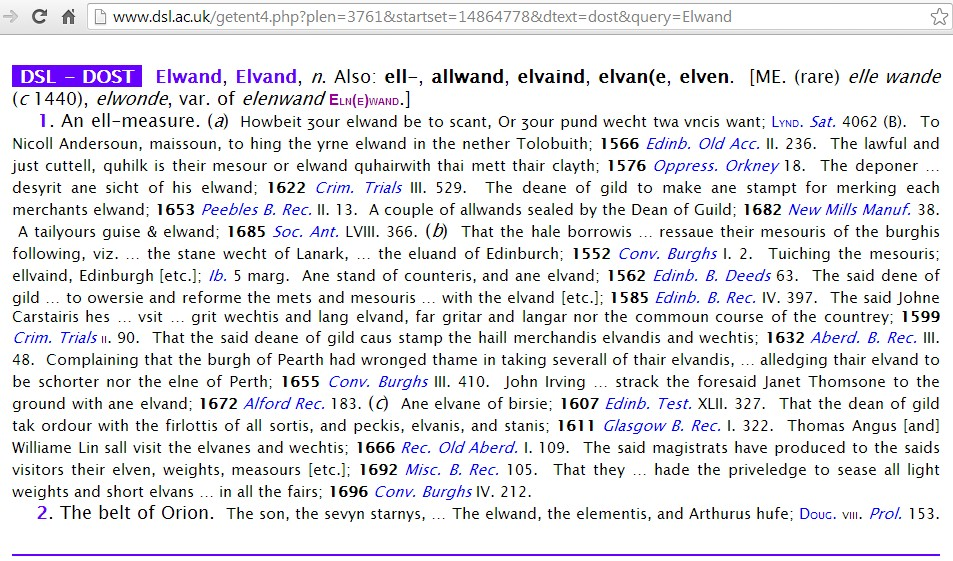
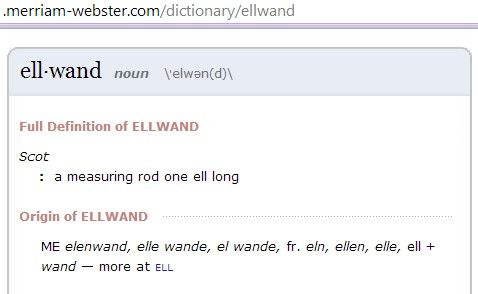
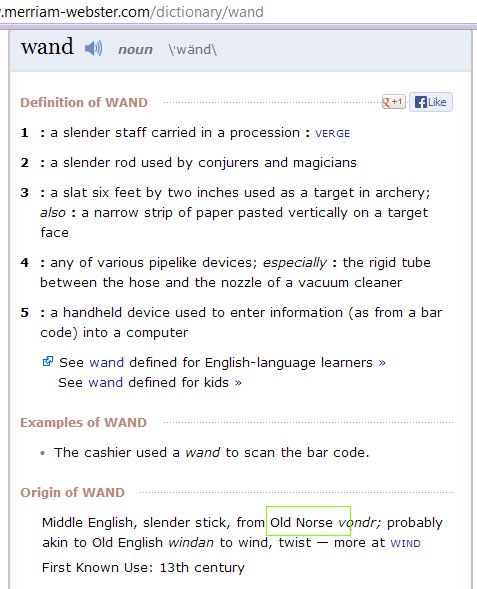
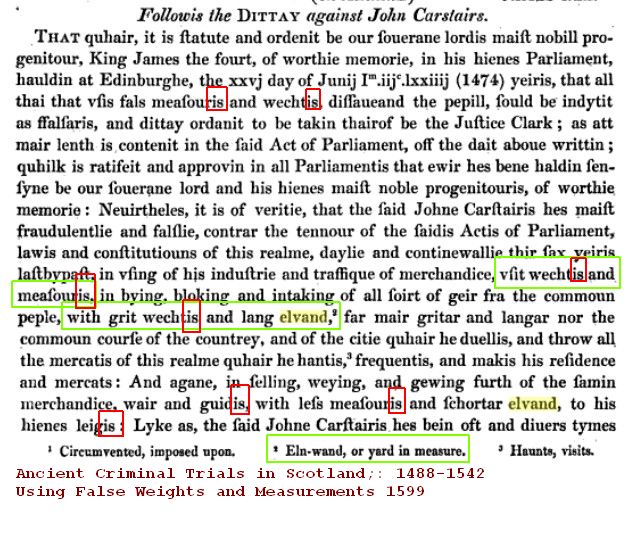
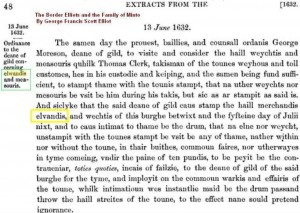
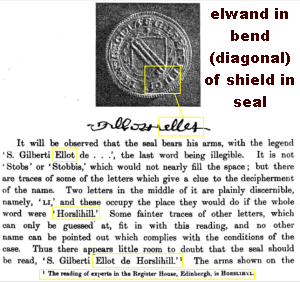
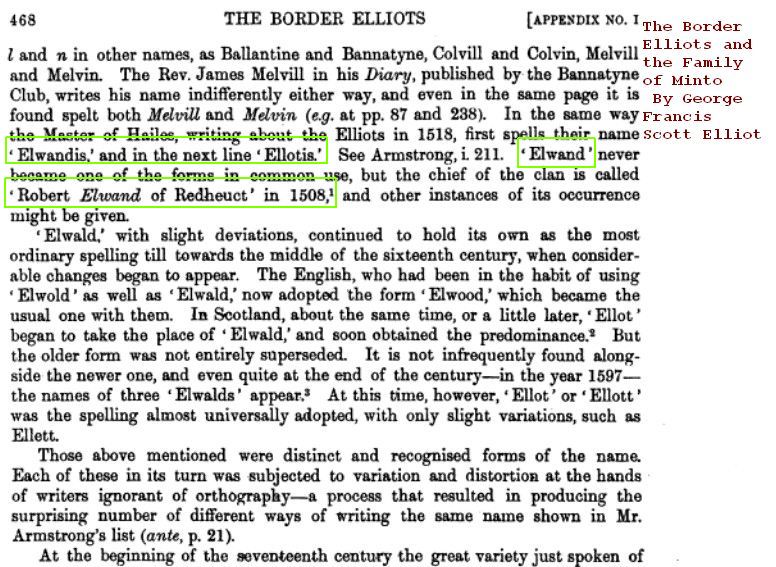
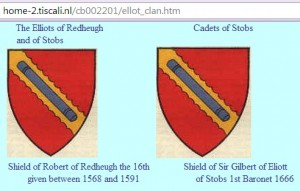
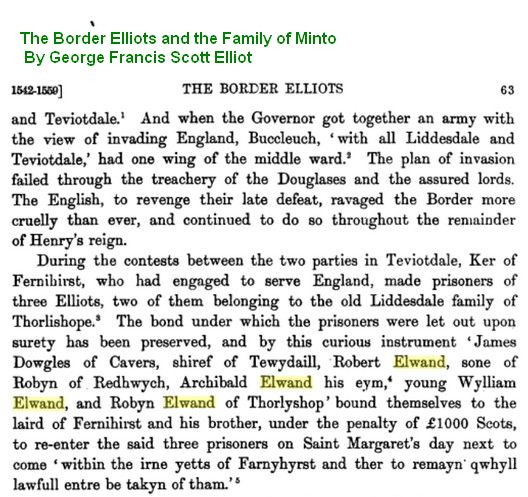
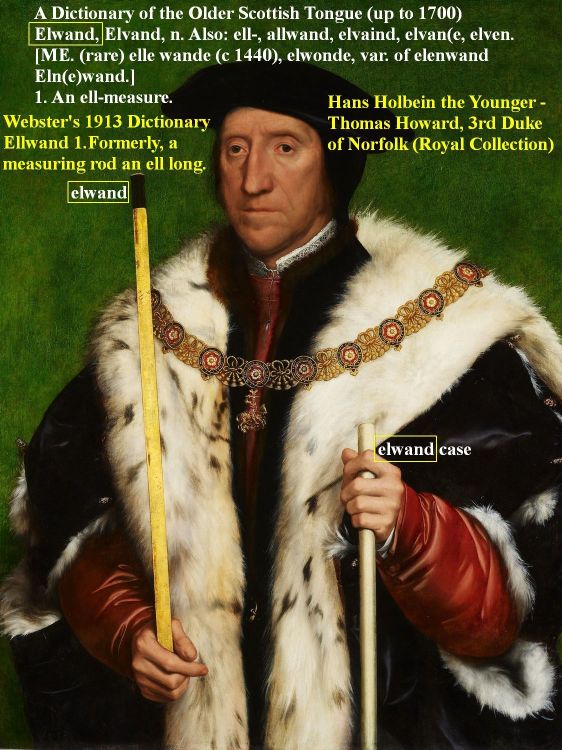
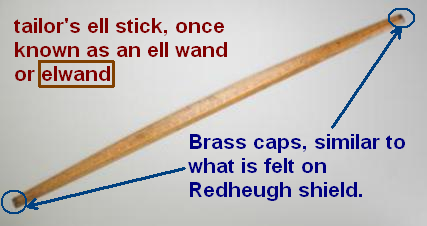


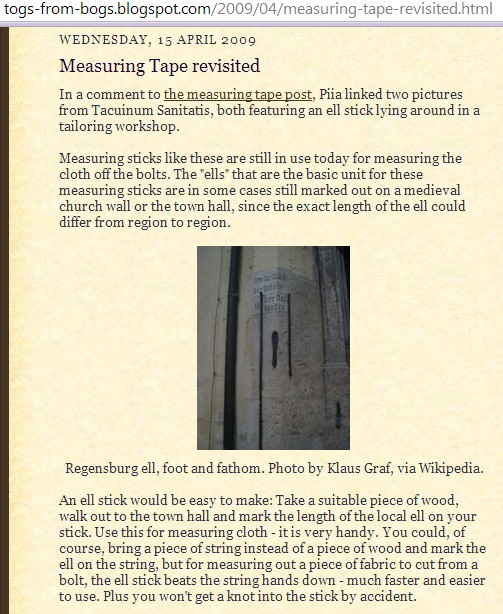
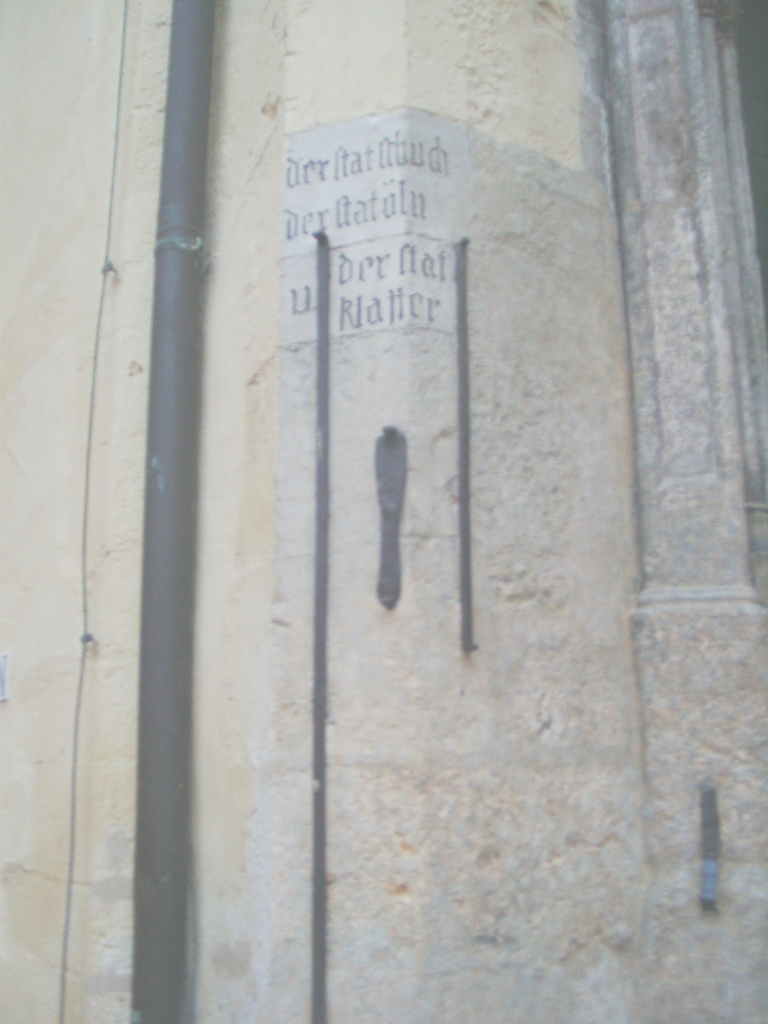
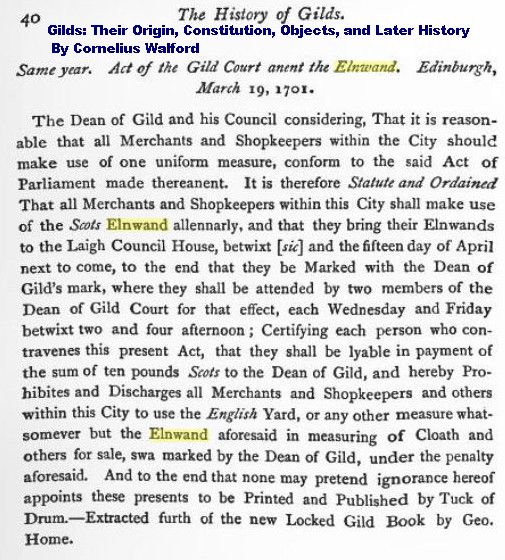


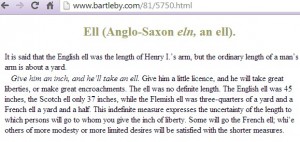
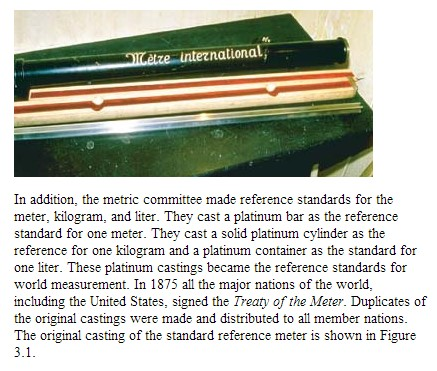



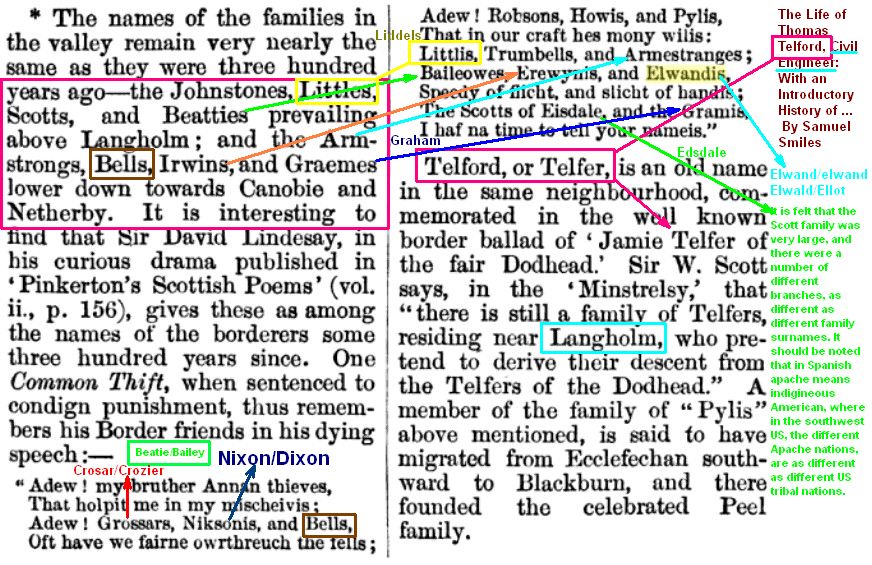
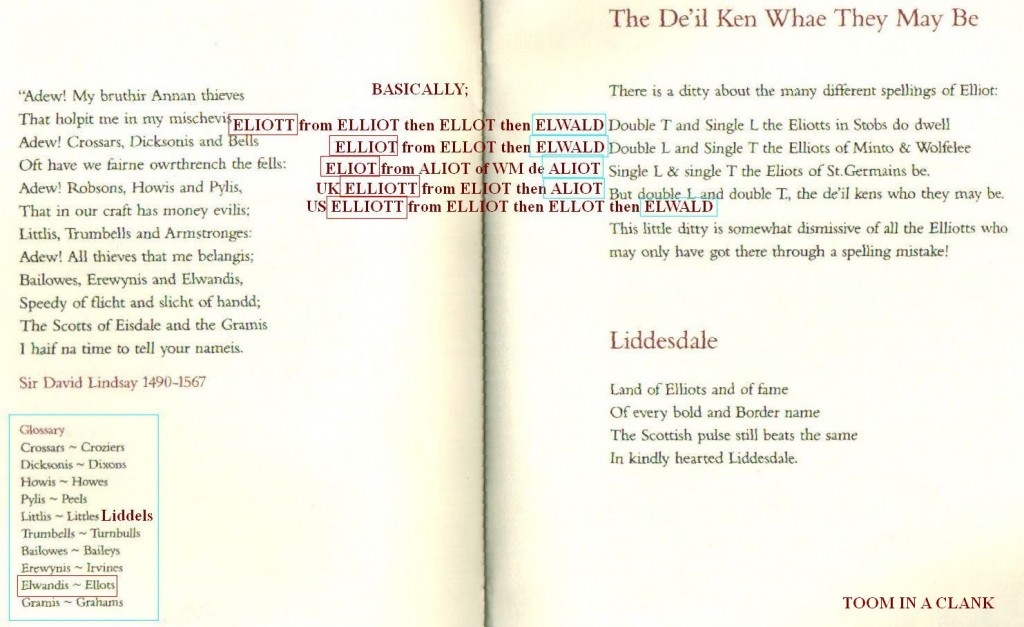
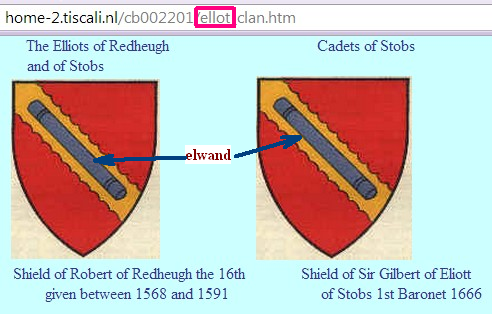
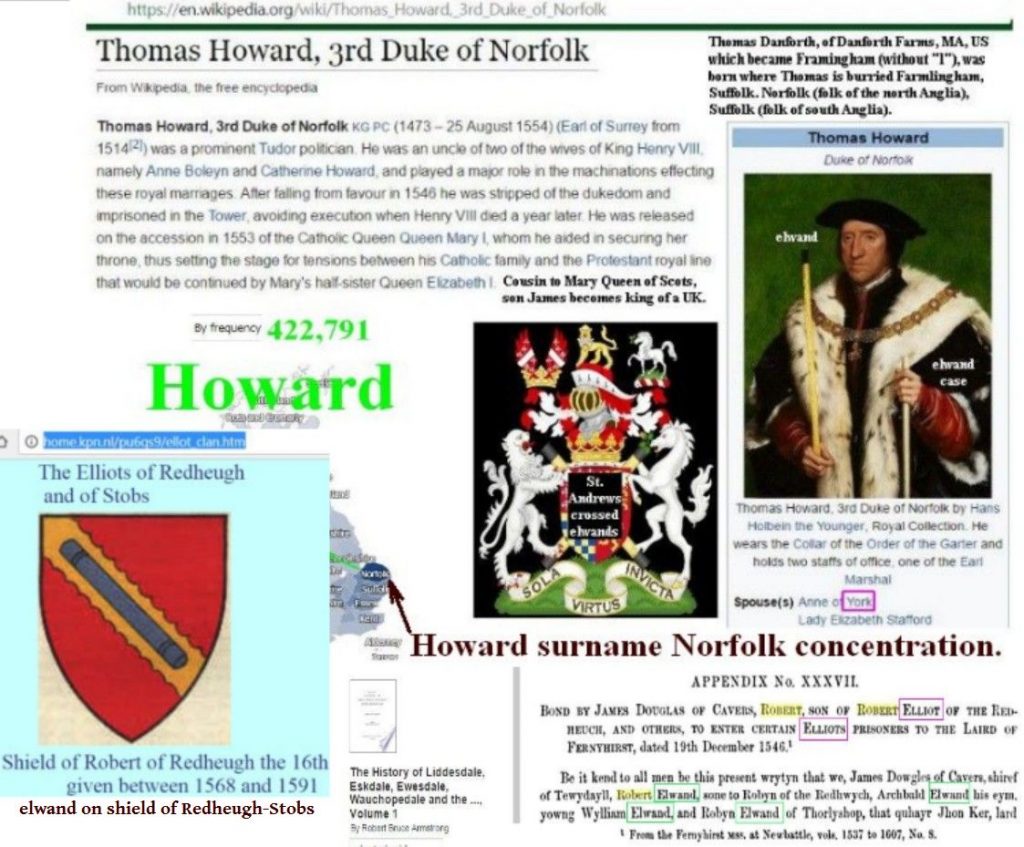
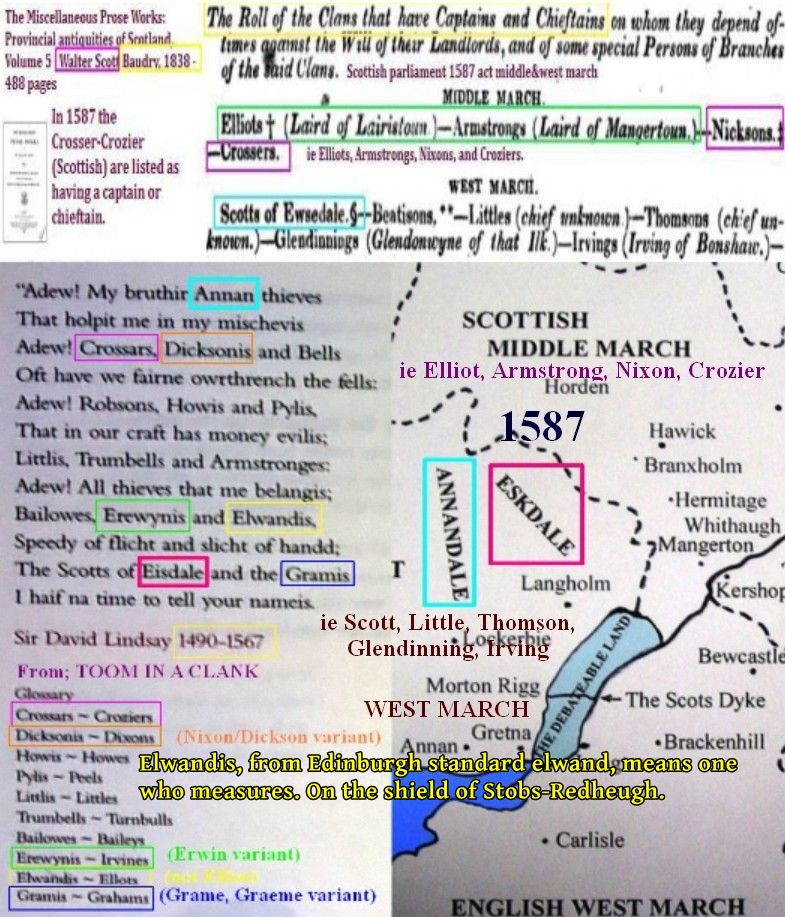
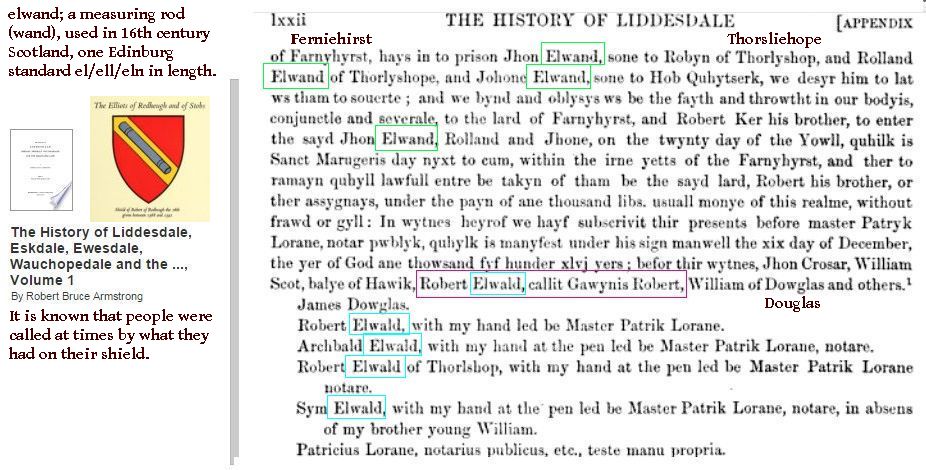
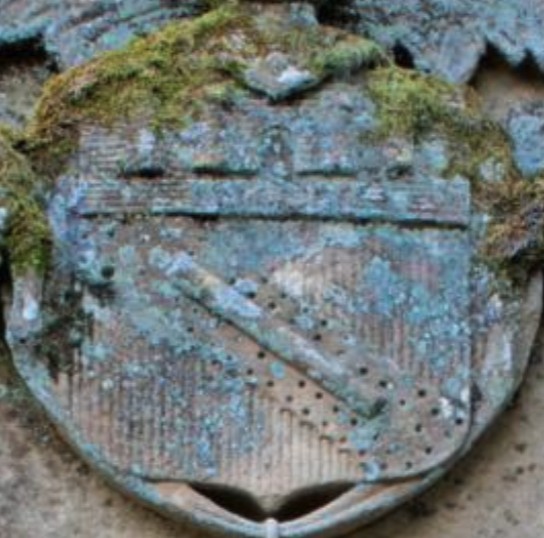
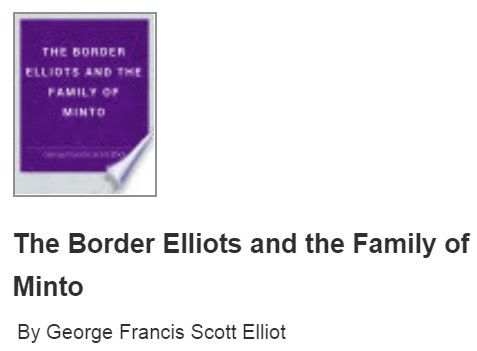
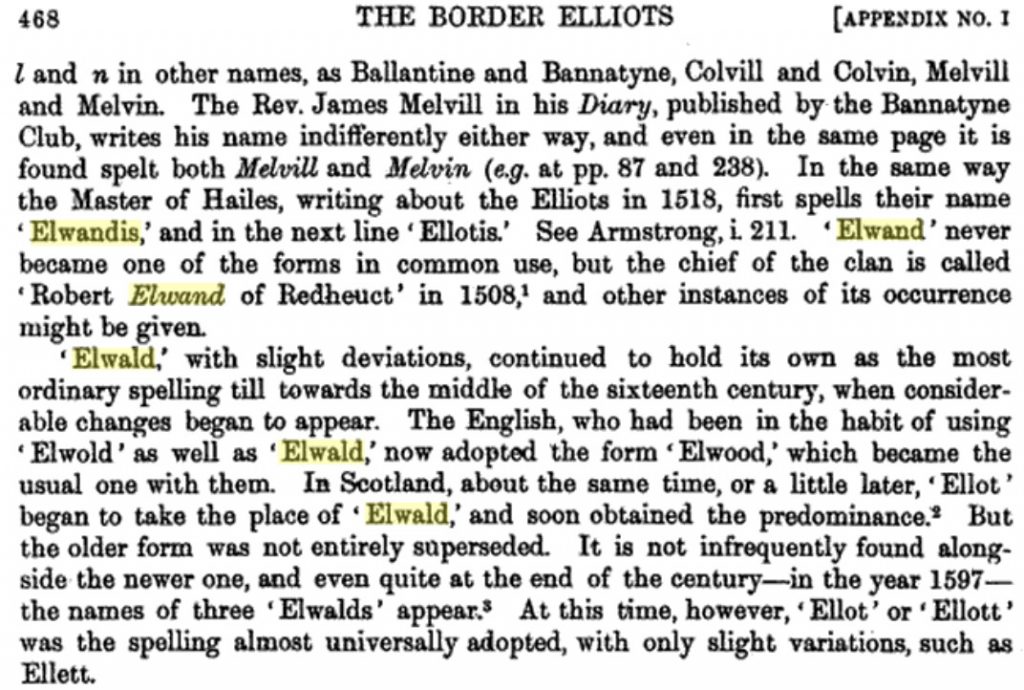

Leave a Reply